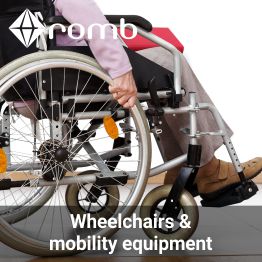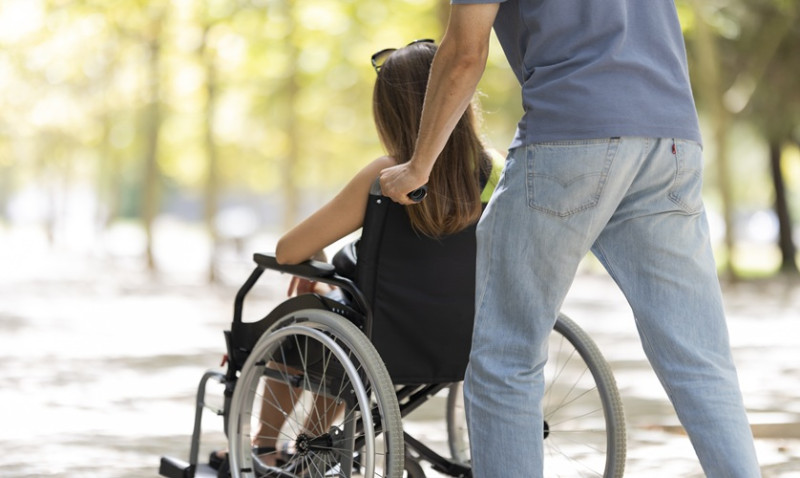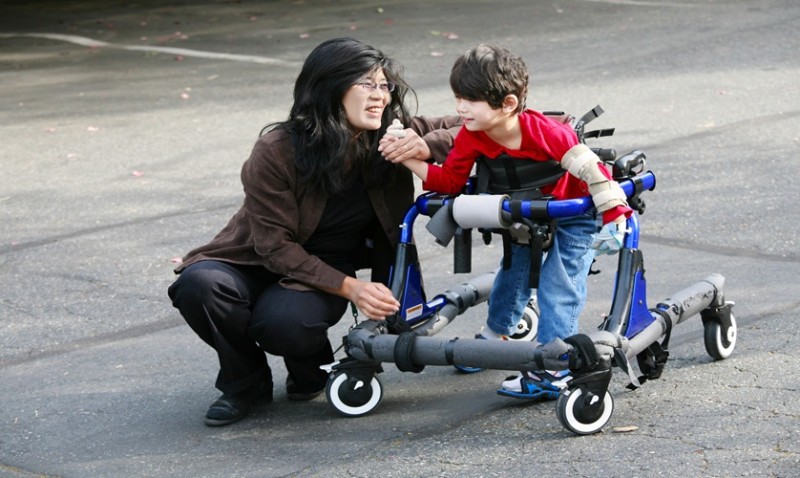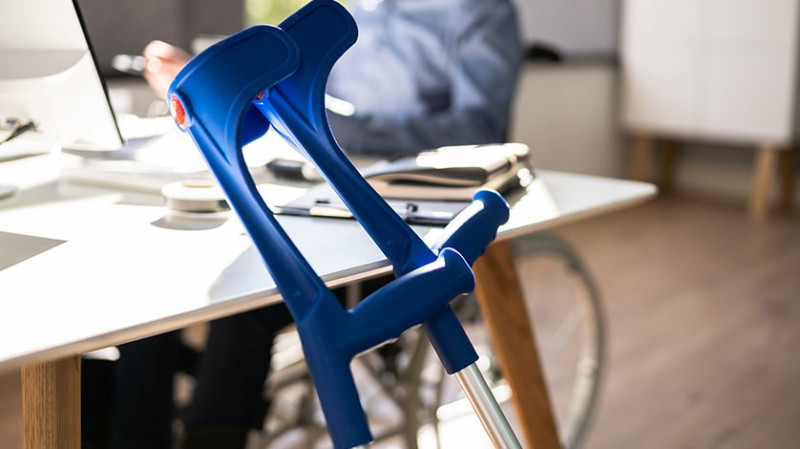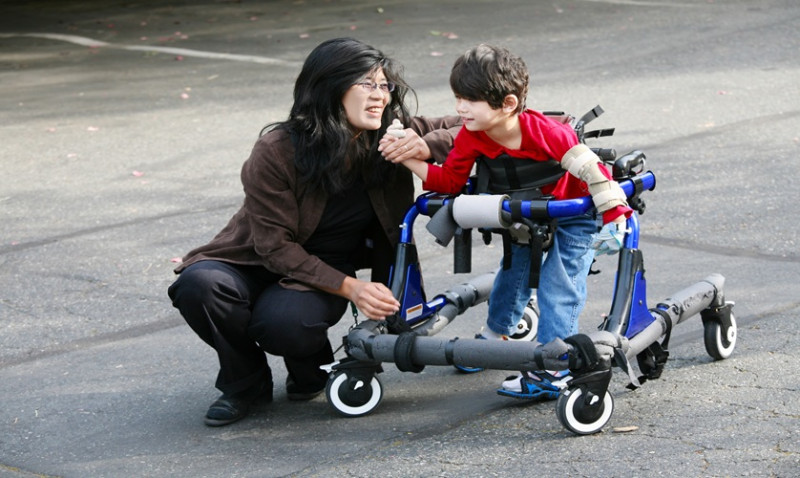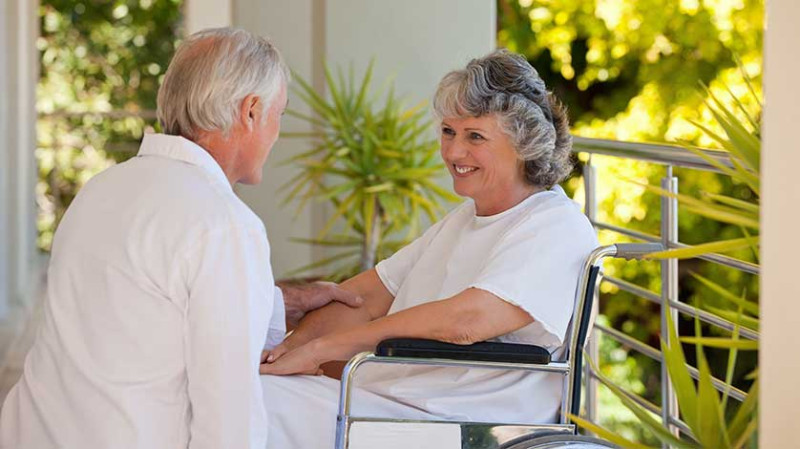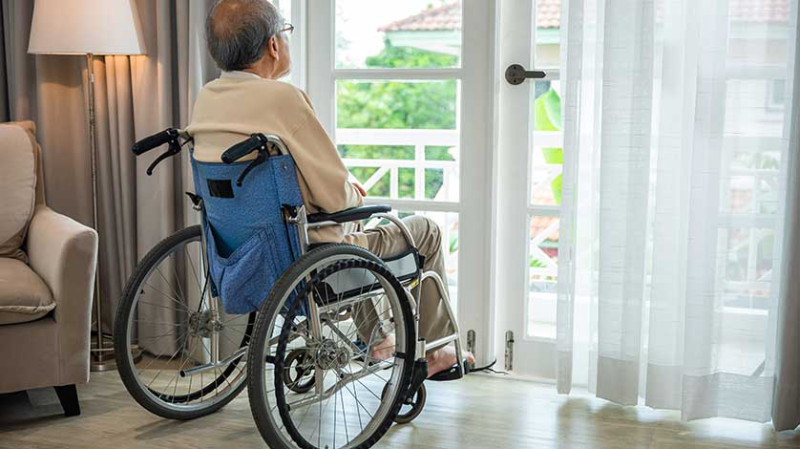
Recovery after a stroke can present various challenges, especially when it comes to mobility. One of the most essential skills for maintaining independence is learning how to safely transfer from a bed to a wheelchair. Whether you're a stroke survivor, a family caregiver, or a professional support worker, understanding the correct techniques and safety tips for this transition is vital.
With the right strategies and some helpful equipment, transfers can become easier, safer, and more comfortable. Proper bed-to-wheelchair transferring isn't just about mobility, it can significantly impact confidence, sense of independence, and overall physical wellness.
Below, we explore the vital tips and techniques needed to ensure a smooth and safe bed-to-wheelchair transfer after a stroke.
Understand the Challenges Stroke Survivors Face
Stroke survivors often experience muscle weakness, balance issues, and limited coordination, particularly on one side of the body. These factors can make basic movements, like sitting up or standing, incredibly difficult without support.
One of the most common conditions after a stroke is hemiparesis, weakness on one side of the body, which can significantly hinder independent movement. Because every stroke and its effects are unique, it's crucial to assess each individual's range of motion, strength, and endurance before attempting any transfers.
Additionally, post-stroke fatigue and cognitive issues such as confusion or memory lapses may contribute to unsafe transfers if not properly managed. Emotional challenges like fear of falling can also reduce motivation to move independently.
Recognising these challenges is the first step in creating a safer home and healthcare environment for effective rebuilding and rehabilitation.
Prioritise Safety with Risk Assessments
Before undertaking any bed-to-wheelchair transfers, a thorough assessment by a physiotherapist or occupational therapist is highly recommended. These professionals can identify potential risks and provide tailored advice based on the person's needs and abilities.
Key safety considerations include:
- Ensuring the bed and wheelchair are stable and secure.
- Checking floor surfaces for tripping hazards or slippery areas.
- Making sure the survivor wears appropriate footwear with grip.
- Considering the presence of a carer or helper to provide support when needed.
A proper assessment also helps in identifying necessary home modifications, assistive devices, or equipment such as transfer boards, grab handles, and mobility aids. Investing in safety from the start reduces risks and builds confidence during day-to-day routines.
Prepare the Environment for Safety and Comfort
Small changes in the room layout can make a significant difference when it comes to safe transferring. Start by adjusting the height of the bed to match that of the wheelchair as closely as possible. A bed that is too high or too low could put unnecessary strain on the survivor and their carer.
Ensure the path to the wheelchair is clear. Remove rugs, electrical cords, or other tripping hazards. Leave enough space around the bed and wheelchair for movement without obstruction.
Position the wheelchair at a 30 to 45-degree angle to the bed, ideally on the stronger side of the body. Lock the wheelchair brakes before starting and ensure footrests are swung away or removed to prevent tripping.
Lighting should be sufficient to avoid mistakes during the transfer process, especially if it's performed during nighttime or early morning hours.
Use Assistive Equipment to Maximise Independence
Several devices can make bed-to-wheelchair transfers safer and easier for stroke survivors. One of the most common aids is the transfer or slide board. This smooth, sturdy board bridges the bed and wheelchair, allowing users to scoot across without having to stand fully upright.
Other helpful equipment includes adjustable profiling beds, which can assist in changing positions (e.g., sitting up), and grab rails that offer stable support. Some may benefit from hoists or patient lifts if standing or weight-bearing is not possible.
A customised solution may include installing wall-mounted handles, modifying wheelchair arm rests for ease of sideloading, or using cushions to reduce pressure points. These modifications not only assist physical movement but also promote psychological well-being through perceived independence.
Step-by-Step Transfer Technique
While each person must follow guidance specific to their circumstances and abilities, the following step-by-step guide offers a general framework for bed-to-wheelchair transfers:
- Ensure the bed has been adjusted to approximately the same height as the wheelchair seat.
- Position the wheelchair at a slight angle (30 to 45 degrees) on the patient's stronger side. Lock both wheels, remove footrests, and ensure stability.
- Assist the individual to shift towards the edge of the bed, using pillows or handles for support if necessary.
- Help them sit upright with feet flat on the floor for stability.
- If safe, instruct them to place their hands firmly on the bed or rail for leverage and slowly rise to standing (with carer support).
- Once upright, support pivoting towards the wheelchair, guiding them to lower into the seat safely.
- Ensure they are seated comfortably and safely. Reattach foot rests and reposition legs as needed.
Practice and patience are essential. Over time, the process can become easier and more natural, particularly with supportive training and confidence building through regular practice.
Work With Professionals for Tailored Training
Occupational therapists, physiotherapists, and rehabilitation nurses are invaluable in helping stroke survivors regain functional skills, including bed-to-wheelchair transfers. These professionals can demonstrate exercises to build strength, improve coordination, and safely attempt transfers under supervision.
Working with trained specialists ensures the correct technique is used and greatly minimises the chance of falls or reinjury. These professionals can also educate family and carers on providing support in ways that promote rather than hinder recovery.
Furthermore, they can conduct home assessments, suggest adaptive tools, and provide hands-on training to both stroke survivors and caregivers, making the entire process more effective and secure.
Cultivate Confidence Through Consistency
Gaining independence after a stroke is all about rebuilding confidence and mastering basic tasks, one at a time. Although the path may be difficult at first, progress often comes with time, encouragement, and consistency.
Establishing a daily transfer routine, at the same time of day using the same equipment, can build muscle memory and confidence. Keeping a journal of any challenges or improvements can also help identify patterns and boost morale.
Consistent, supported practice is one of the most effective ways to promote safe and independent movement and ensure stroke survivors can live life to the fullest in their home environment.
Conclusion
Transferring from a bed to a wheelchair may seem like a small step, but for stroke survivors, it can represent a giant leap towards regaining independence. Through safe practice, professional guidance, supportive equipment, and environmental preparation, these movements can become empowering, dignified routines.
If you're assisting a stroke survivor or adapting a home for accessibility, don't hesitate to seek professional advice. Ensuring safety and comfort can not only improve recovery but also enhance everyday living.
